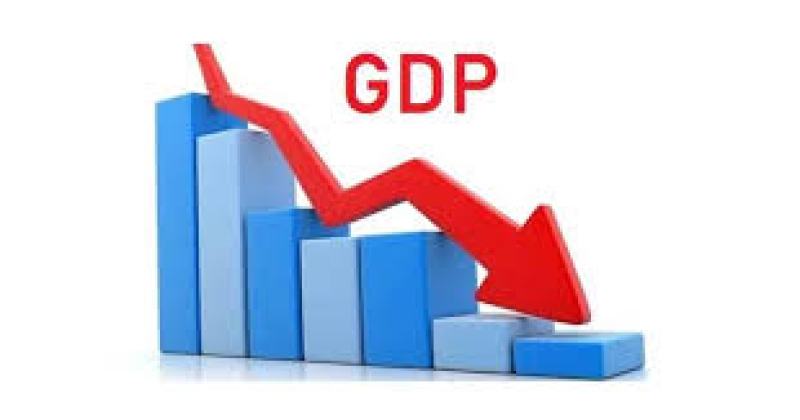- Public awareness campaign before fuel loading at Rooppur NPP |
- Chief Adviser Dr Yunus pays homage to martyred intellectuals |
- Martyred Intellectuals Day: A Nation’s Loss and Resolve |
- EC seeks enhanced security for CEC, ECs, election officials |
- Humanoid robots take center stage at Silicon Valley summit, but skepticism remains |
GDP growth in second quarter slowed to 3.78%: BBS

GDP growth slows in second quarter of 2023-24
Dhaka, Apr 15 - Bangladesh’s gross domestic product (GDP) growth in the second quarter of the current fiscal year, 2023-24, has been estimated at 3.78 percent.
Bangladesh Bureau of Statistics (BBS) on Monday revealed this information as the quarterly growth in the second quarter (October-December 2023).
According to BBS, based on currently available data, the GDP estimates for the second quarter of the FY 2023-24 have been assessed. As per the GDP growth rate for the second quarter of FY 2023-24 is 3.78 percent. In the second quarter of FY 2022-23 the growth was 7.08 percent and in the second quarter of FY 2021-22 the growth was 9.30 percent.
The agricultural sector in the second quarter was 4.65 percent, compared to 4.22 percent in the second quarter of FY 2022-23 and 2.20 percent in the second quarter of FY 2021-22.
The growth of the industrial sector was 3.24 percent. Which was 10 percent in the second quarter of FY23 and 14.50 percent in the second quarter of FY22.
Besides, the services sector grew by 3.06 percent in the second quarter of FY2023-24. Which was 6.62 percent in the second quarter of FY 2022-23 and 7.25 percent in the second quarter of FY 2021-22.
The BBS undertakes quarterly GDP estimates as per the decision of the government and subsequently on the advice of the International Monetary Fund (IMF). Like other countries in the world, BBS estimates quarterly GDP by production method.
However, annual GDP is estimated using the production and expenditure method. - UNB

